Hansik Space E:eum (한식문화공간 이음)
2.5Km 2025-11-03
18, Bukchon-ro, Jongno-gu, Séoul (Jae-dong)
Hansik Space E:eum est un espace culturel polyvalent géré par l'Institut de promotion de la cuisine coréenne, situé sur la rue Bukchon à Jongno, Séoul, et dispose de diverses installations telles que des expositions, des formations, des spectacles et une bibliothèque, où l'on peut découvrir le goût et l'élégance de la cuisine coréenne.
Galerie des alcools traditionnels coréens (전통주갤러리)
2.5Km 2025-11-03
18, Bukchon-ro, Jongno-gu, Séoul
À Insadong, Jongno-gu, Séoul, il existe une Galerie des alcools traditionnels coréens en collaboration avec le ministère de l'agriculture, de l'alimentation et des affaires rurales et le ministère de la culture, des sports et du tourisme. Il s'agit d'un espace conçu pour promouvoir en permanence l'alcool traditionnel coréen fabriqué à partir de produits agricoles coréens, et qui sert de guichet d'information fournissant aux consommateurs et aux étrangers diverses informations sur l'alcool traditionnel qui est difficile à obtenir. En outre, nous fournissons une formation sur les alcools traditionnels et des conseils commerciaux aux restaurateurs et aux professionnels de la distribution (vente), et nous promouvons activement nos alcools traditionnelles et notre culture par l'intermédiaire des médias nationaux et internationaux et des blogueurs influents afin de créer une demande pour les alcools traditionnelles et d'étendre le marché. La galerie des liqueurs traditionnelles est gérée par des experts spécialisés dans les liqueurs traditionnelles, notamment des sommeliers, et organise des événements mensuels pour présenter et déguster diverses alcools traditionnelles sur différents thèmes.
Centre d'information du Temple Stay (템플스테이 홍보관)
2.5Km 2022-09-28
56, Ujeongguk-ro, Jongno-gu, Seoul
+82-2-2031-2000
Le centre d’information du Temple Stay est situé en face du temple Jogyesa. Il est très facile de s’y rendre depuis la station Anguk (métro de Séoul ligne 3) ou depuis la rue principale du quartier Insa-dong. Il s’agit d’un complexe culturel sur 5 niveaux qui inclut les bureaux de l’organisation officielle Templestay, un centre d’information, le restaurant de nourriture du temple “Balwoo Gongyang”, le « Lotus Café » et une librairie bouddhiste au rez de chaussée.
Le centre d’information du Temple Stay au rez de chaussée vous donne toutes les informations sur les programmes Temple Stay. Il est possible d’y choisir des brochures et livrets sur les programmes et des employés pourront répondre à vos questions. Le centre d’éducation au 2ème étage propose des activités. Le 4ème étage inclut le restaurant “Balwoo Gongyang”, spécialisé dans la cuisine du temple, et où il est possible de déguster des plats minutieusement préparés par des bouddhistes pratiquants.
Boutique Duty Free Lotte (magasin principal) (롯데면세점 - 본점)
2.5Km 2024-12-19
30, Eulji-ro, Jung-gu, Seoul-si
+82-2-759-6600~2
La boutique Duty Free du grand magasin Lotte est située en plein centre de Séoul endroit où l'on trouve de nombreuses attractions comme le palais Gyeongbokgung, le mont Namsan, Itaewon et le très populaire marché de Namdaemun. L'espace détaxé du magasin Lotte est un lieu de shopping comprenant environ 30 boutiques.
Un parking sous-terrain est mis à la disposition des clients du grand magasin Lotte et de l’hôtel Lotte.
Centre culturel de Bukchon (북촌문화센터)
2.5Km 2024-12-19
37, Gyedong-gil, Jongno-gu, Seoul-si
+82-2-2133-1371
Le village de maisons traditionnelles de Bukchon est le centre de la culture Bukchon qui est un site résidentiel traditionnel de 600 ans d’histoire de Séoul situé entre les Palais Gyeongbokgung et de Changdeong et JeongMo (tombeau héréditaire de la famille royale).
Les maisons traditionnelles qui se situent entre les deux palais temoignent bien du paysage traditionnel de Séoul. Pourtant, à l’heure actuelle, elles sont transformées en salles d’expérimentation de la culture coréenne ou en restaurants traditionnels etc.
Le centre de la Culture de Bukchon est une résidence traditionnelle composée d’Anche (bâtiment principal de la maison coréenne), d’ Heanglangche (corps de bâtiment rattaché à la grande porte), de Beolche (bâtiment annexe) dans laquelle la tradition coréenne s’épanouit et par ailleurs les programmes de la culture du matin calme sont préparés pour apprendre son histoire et sa tradition.
Plusieurs programmes sont organisés par des experts de chaque domaine et ils durent en moyenne de 3 à 6 mois.
Vous pouvez obtenir des informations précises par téléphone et ensuite choisir un programme. Par ailleurs, un individu peut s’y inscrire. Pourtant, les programmes se déroulent en coréen donc il serait mieux y venir avec un guide ou un interprète.
Les huit paysages du village Bukchon (북촌 8경)
2.5Km 2024-12-13
37, Gyedong-gil, Jongno-gu, Seoul
+82-2-2148-4161
Bukchon qui signifie "village du nord", est nommé ainsi car il se trouve au nord de Cheonggyecheon et de Jongno. Le quartier situé au sud de Jongno, autrement dit les environs du mont Namsan, était appelé "Namchon (village du sud)". Au cours de la dynastie Joseon, la famille royale et les aristocrates habitaient à Bukchon alors que les fonctionnaires résidaient traditionnellement à Namchon. Aujourd'hui, le village hanok, situé entre le palais Gyeongbokgung et le palais Changdeokgung, est appelé Bukchon. En parcourant les nombreuses petites ruelles dans ce quartier traditionnel, vous pouvez trouver les "huit paysages du village Bukchon". Chacun de ces lieux comportent des spots photos spécifiques. Vous pouvez y prendre de belles photos en appréciant les paysages du quartier et la beauté des hanok.
[Les huit paysages du village Bukchon]
* Premier paysage du village Bukchon - La vue sur le palais Changdeokgung
Le premier spot photo offre la meilleure vue sur le palais Changdeokgung. Prenez la rue Chandeokgung 1-gil devant le Centre culturel de Bukchon et vous pourrez trouver le spot photo au bout de la rue.
* Deuxième paysage du village Bukchon - La ruelle des ateliers de Wonseo-dong
Marchez le long de la ruelle avec un muret en pierre (Changeokgung-gil) et vous pourrez trouver le musée d'art bouddhique et Yeon Gongbang. Au bout de la ruelle se trouve le deuxième spot photo, en face de l'Institut de cuisine royale de Corée.
* Troisième paysage du village Bukchon - La ruelle du musée Gahoe-dong
Vous pouvez faire l'expérience du hanok et de la culture traditionnelle coréenne dans les ateliers d'artisans.
* Quatrième paysage du village Bukchon - La colline 31 Beonji Gahoe-dong
Vous pouvez avoir une vue panoramique sur les environs de 31 Beonji de Gahoe-dong et la maison de Yi Jun-gu qui se situe dans les hauteurs du quartier.
* Cinquième paysage du village Bukchon - La ruelle qui descend de Gahoe-dong
Vous pouvez trouver un grand arbre hoenamu se trouvant à l'entrée de la ruelle qui descend de Gahoe-dong.
* Sixième paysage du village Bukchon - La ruelle qui monte de Gahoe-dong
Au bout de la ruelle qui monte de Gahoe-dong, vous pouvez trouver le sixième spot photo. Au passage, appréciez la vue panoramique sur les toits des hanok.
* Septième paysage du village Bukchon - Gahoe-dong 31 Beonji
Le septième paysage est composé d'une petite ruelle entourée de Hanok. C'est un endroit idéal pour effectuer une promenade paisible et reposante.
* Huitième paysage du village Bukchon - Samcheong-dong, route Dolcheunggyegil
Montez la colline en suivant le chemin Hwagae 1-gil. Vous pouvez profiter de la vue sur le palais Gyeongbokgung, le mont Inwangsan et la Maison Bleue, vous rejoindrez la route Dolcheunggyegil (escalier en pierre) qui aboutit vers le quartier Samcheong-dong. En descendant l'escalier, vous pourrez trouver le huitième spot photo.
Grand magasin Lotte (Branche principale) (롯데백화점(본점)
2.5Km 2024-05-17
81, Namdaemun-ro, Jung-gu, Seoul-si
+82-2-772-3007
Depuis son inauguration en 1979, la chaîne du grand magasin Lotte a actuellement, avec son siège social du quartier Eulgiro, huit magasins à Séoul, situés respectivement dans les quartiers Jamsil, Yeongdeungpo, Cheongnyangni, Gwanak, Gangnam et Nowon, et 24 magasins au total dans tout le pays.
Le siège social du grand magasin Lotte s’élève dans le quartier Myeongdong (Eulgiro), le centre de la mode. C’est le quartier commercial le plus grand en Corée du Sud : visité par 2 millions de personnes par jour, il est donc très intéressant pour les touristes étrangers.
Situé au centre ville et facile d’accès, le siège social est fréquenté non seulement par les Coréens, mais aussi par les étrangers. C’est un espace représentatif des grands magasins du pays.
HiKR Ground (하이커 그라운드)
2.5Km 2025-09-01
Seoul Center, KTO, 40 Cheonggyecheon-ro, Junggu, Seoul
Le nom du centre, 'HiKR', est une combinaison de "Hi Korea" et vise à fournir un vaste terrain de jeux et d'activités pour les voyageurs en Corée.
Au premier étage des lieux, on trouve un espace où il est possible d’apprécier des arts multimédias via l’installation "HiKR Wall" qui diffuse notamment l’oeuvre vidéo "Landscape of the New City" par l’artiste Lee Lee-nam. L’espace diffuse également des vidéos de promotion du tourisme en Corée proposées par des fans de la hallyu à travers le monde. Au second étage des lieux, les visiteurs peuvent créer leur propre clip de K-pop via le XR Live Studio. Au niveau des baies vitrées donnant sur la rivière Cheonggyecheon, on trouve une oeuvre dénommée ''North Wall'' signée de l’artiste Suh Do-ho. Au troisième et au quatrième étage, les visiteurs peuvent profiter de différentes activités interactives autour du tourisme en Corée.
We ride (위라이드)
2.5Km 2023-07-27
Seoul Center, KTO 40 Cheonggyecheon-ro, Jung-gu, Seoul
We Ride propose 'la meilleure manière d'explorer Séoul' via des tours en vélo électrique avec des guides. La société vous propose de découvrir les coins cachés de la ville pour découvrir les charmes de la capitale. Le tour dure environ 2h30 et propose un parcours accessible à tous les publics.
Korea Stamp World (우표문화누리)
2.5Km 2021-03-18
70, Sogong-ro, Jung-gu, Seoul-si
+82-2-6450-5600
Korea Stamp World se situe au 2ème sous-sol du bureau de poste central à Séoul. Le musée fait découvrir aux visiteurs le monde des timbres poste. C'est aussi devenu un endroit où les amateurs de philatélie viennent échanger leur idées et partager leur passion.
Korea Stamp World est divisé en quatre parties: la Galerie de l'Histoire du Service Postal, la Galerie de Découverte des Timbres Postes, la Galerie d'Information sur les Timbres Postes et le Cours de Philatélie. S'y tiennent également plusieurs expositions et événements tels que celui où vous pourrez créer votre propre timbre.
Vous pourrez aussi acheter plusieurs accessoires de philatélie lors du « marché ». En 2009, le marché ouvrira du 26 au 27 juin, du 5 au 6 septembre et du 10 au 11 octobre.

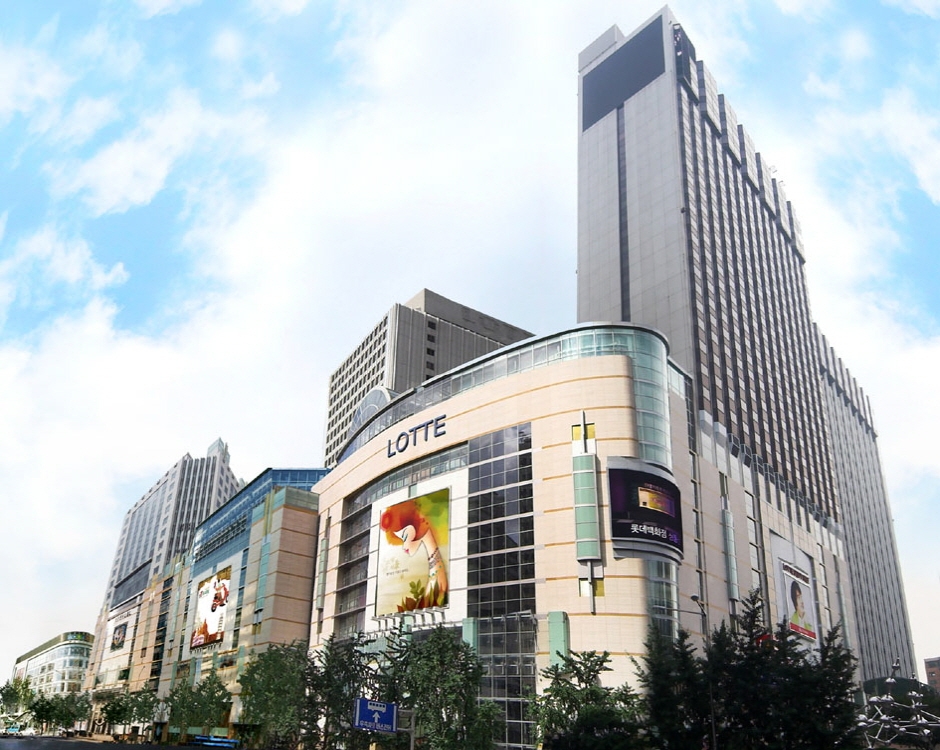
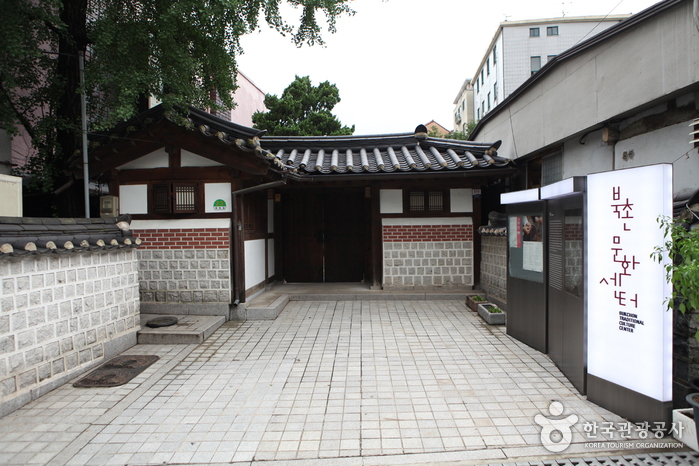
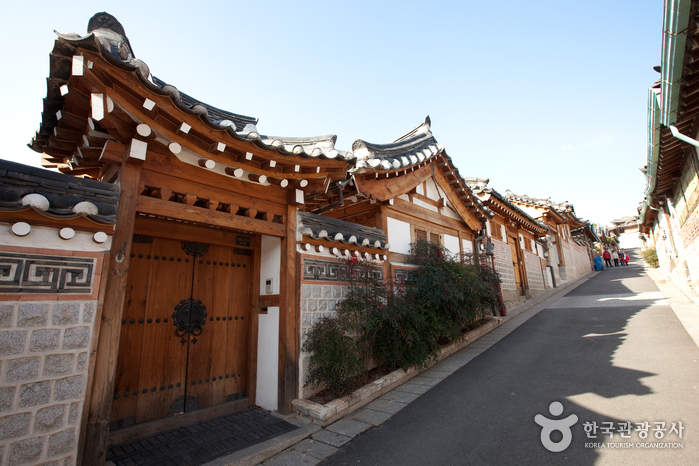
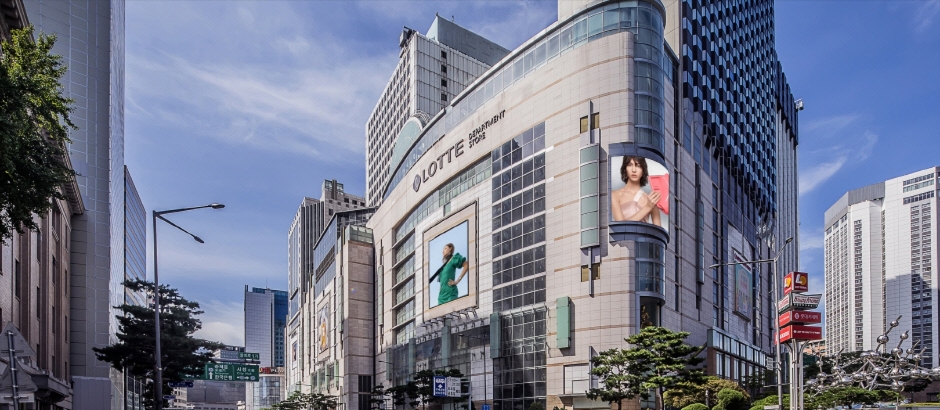
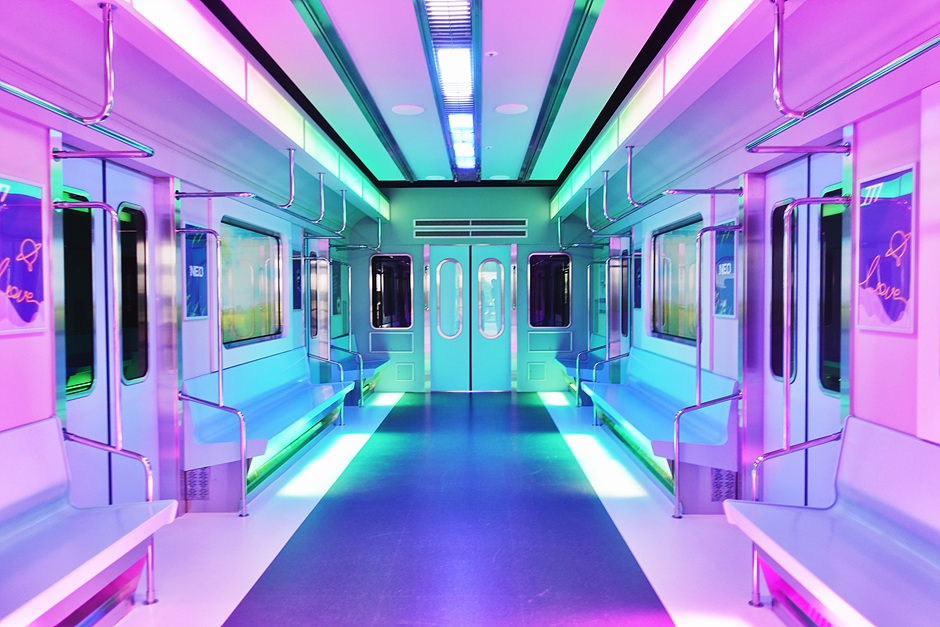
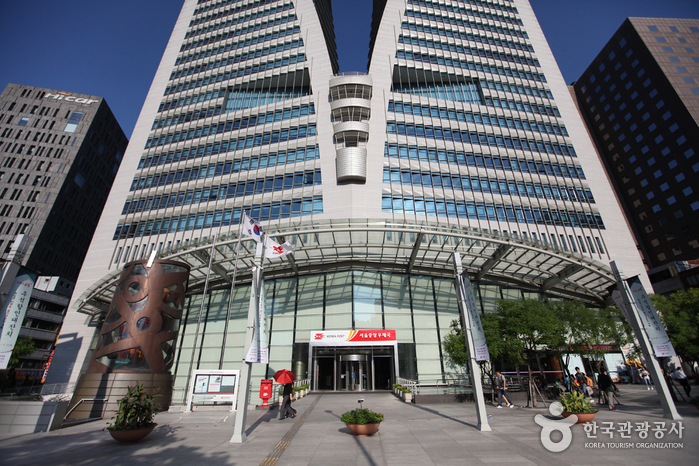
 Français
Français
 한국어
한국어 English
English 日本語
日本語 中文(简体)
中文(简体) Deutsch
Deutsch Español
Español Русский
Русский